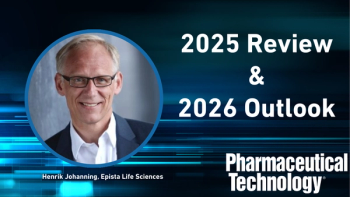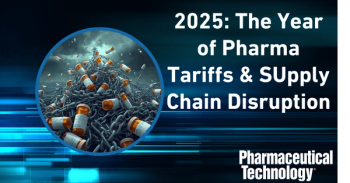
Oligonucleotide-Enabling Technology Pushes Oligos to the Forefront (AAPS PharmSci 360)
Matthew Lauber, senior director—Cell and Gene Therapy, Consumables & Lab Automation, at Waters Corporation highlights how current technologies are enabling oligonucleotide development.
In an exclusive interview with Pharmaceutical Technology®, Matthew Lauber, senior director—Cell and Gene Therapy, Consumables & Lab Automation, Waters Corporation remarks on how current technologies have enabled oligonucleotide (oligo) development to push forward to the forefont.
“Synthetic oligos just so interesting because it is the world in between the biologically produced, recombinantly produced, drugs and those small-molecule drugs that have been produced through traditional synthetic pharma science,” he states.
Much of the work being conducted on oligo drug development has centered around modifications of the oligo molecule, he emphasizes. “Notice that, even in our mRNA [messenger RNA] vaccines, [which gave us]
“These are the same things … it's a modification of these things that are our genome code—our transcriptome code— that is giving us our opportunity for a new form of science,” Lauber states.
AAPS PharmSci 360 ran Oct. 22–25 in Orlando, Fl.
View Lauber’s video interviews about
Newsletter
Get the essential updates shaping the future of pharma manufacturing and compliance—subscribe today to Pharmaceutical Technology and never miss a breakthrough.




